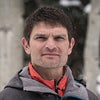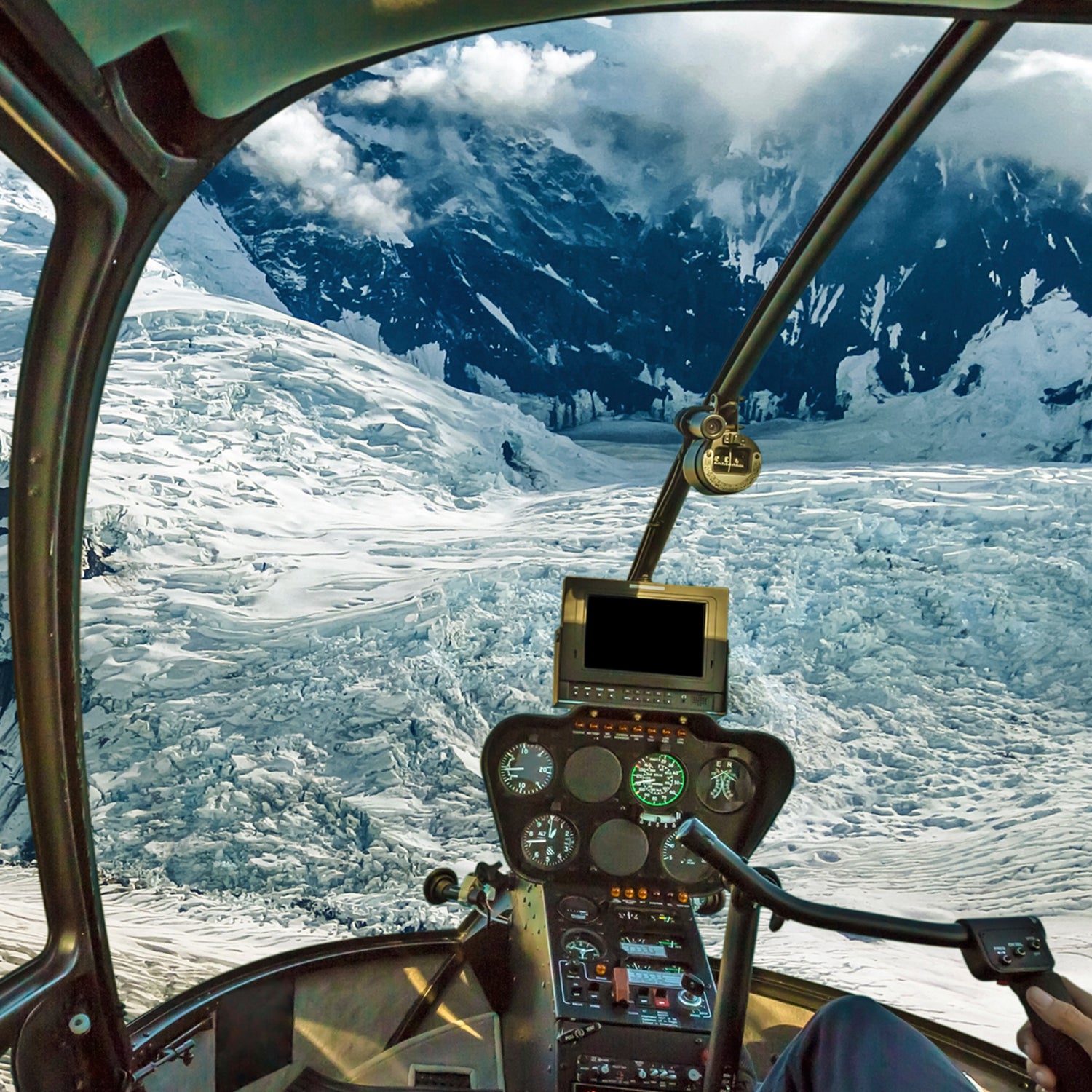Seventy-two-year-old Jack Wheeler is the pied piper of off-the-beaten-track adventure travel. He has been to all 198 countries and led trips in many of them, including the first commercial expedition to the North Pole in 1978.��
In 2006, he convinced the Pakistani army to let him charter one of its helicopters and fly private clients up the Baltoro Glacier to K2’s base camp. A decade later, that trip has led to Wheeler’s latest coup, a Himalayan first: on April 29, mountain rescue pilots flying AS 350 B3 choppers—the same model that French pilot Didier Delsalle landed on the summit of Everest in 2005—will fly eight clients to the base camps of all eight of Nepal’s 8,000-meter peaks in a ten-day span. At each camp, Wheeler and his all-American cast of clients will meet climbers on each peak—people who probably spent a week or two trekking to the spots the helicopters can reach in just an hour or two.��
Kathmandu outfitter Mountain Monarch helped Wheeler secure permits and helped organize the logistics, which included stitching together a roster of rescue pilots during the busiest season of the year. (A handful of Nepal outfitters run helicopter tours that provide glimpses of 8,000-meter peaks, but none has ever run a tour to all eight and landed at their base camps.) Because Mountain Monarch also outfits trekking and trips to the peaks, Wheeler’s hope is that he and his clients will essentially have liaisons at each camp to ensure they meet the right guides and climbers, though he said he wouldn’t know who those people are until they arrive in Nepal.��
Flying from peak to peak may be taking the easy way in, but Wheeler maintains that the trip fills a niche among wealthy adventurers who don’t want to spend a month trekking to and from the peaks, but still want to see them in person. They’ll each pay just shy of $20,000 for the privilege. “The people I know don’t have the time to trek to all of these,” Wheeler said during a Skype call from his home in Sintra, Portugal, earlier this month. As for his own motivation to run the trip, Wheeler said it isn’t lucrative but he’s doing it “because it’s an unbelievably awesome adventure. What more of a reason do you need than that?”
In addition to the peaks, Wheeler also got permission from Nepal’s government to land at the famous Tibetan Tiji festival in Mustang—where locals celebrate “the chasing of the demons” and good over evil—and a Bön monastery that has existed for 60 generations on Lake Phoksundo in the Dolpo region. He said he filled the trip without posting it to his company’s website, choosing instead to email past clients to see if they were interested.
If all goes well, Wheeler wants to run the trip once or twice a year, potentially returning as soon as this fall.��(His current permit extends late into the year.) He said he won’t have to re-apply for the permits each year but that they can simply be renewed, barring extenuating circumstances that arise between now and then.��
Clients will stay in teahouses or at the Hotel Yak & Yeti in Kathmandu. Among the highlights they’ll fly by is the rarely climbed, 13,000-vertical-foot south face of Dhaulagiri, a precipitous granite-and-ice route that made Slovenian alpinist Tomaz Humar famous when he soloed it in 1999. “You take a look at that wall, and it’s just, holy Toledo,” Wheeler said.
Wheeler wanted to do the trip in spring because of the natural contrasts between Nepal’s green valleys and snowy pyramids. But he concedes that his clients’ photos will just be backdrops to the bigger takeaway: conversations with men and women on the ground, attempting to earn their way up the monoliths of the biggest range on earth.��
“What motivates them, how are they doing, what’s this like for them? I mean, how ballsy is it to want to climb Kangchenjunga or Annapurna?” Wheeler said. “On any adventure, it’s the people you meet who are usually the most memorable. So I think meeting these guys—and meeting them where we meet them—will be the most interesting part of this trip.”


